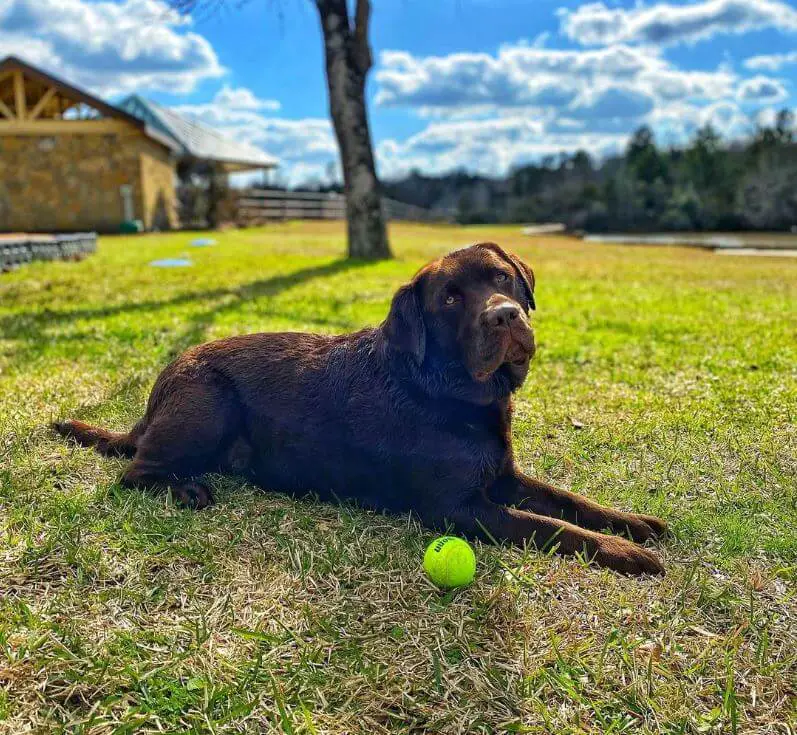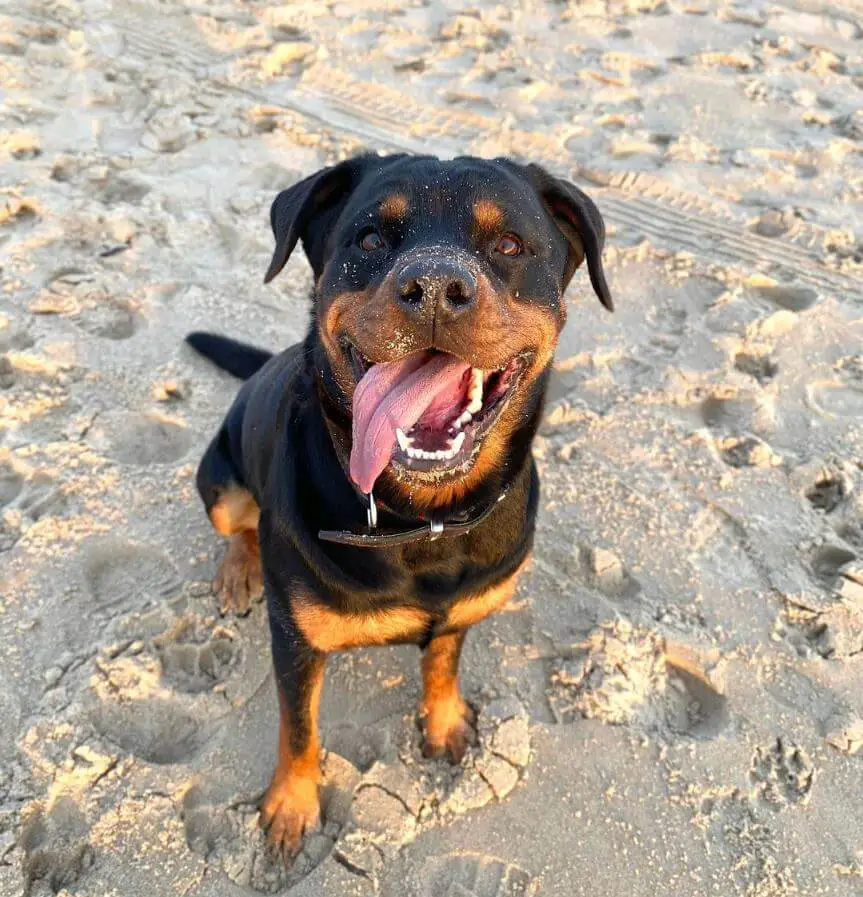As a dog owner, it’s important to understand the various training techniques that can help your furry friend become a well-behaved and obedient companion. With the right training, you can reinforce positive behavior and discourage negative habits, helping to build a strong bond between you and your dog. Here are 10 of the most effective dog training techniques every owner should know:
1 – Positive Reinforcement: This is one of the most popular and effective dog training techniques, where you reward your dog for good behavior. This can be done with treats, praise, or toys, and helps to encourage your dog to repeat the desired behavior.

2 – Clicker Training: Clicker training is a form of positive reinforcement training that uses a clicker to mark the desired behavior. When your dog performs the desired behavior, you click the clicker, and then immediately reward your dog with a treat or praise. This helps to teach your dog what you want them to do, and makes it easier for them to understand your commands.
3 – Operant Conditioning: Operant conditioning is a type of dog training that involves reinforcing or punishing behavior. For example, if your dog jumps on people, you can use a spray bottle of water to discourage the behavior. Similarly, if your dog sits when you ask them to, you can reward them with a treat.
4 – Socialization: Socialization is an important part of dog training that helps your dog to become comfortable with new people, animals, and environments. This can help to prevent behavior problems in the future and make it easier for your dog to adapt to new situations.

5 – Shaping: Shaping is a dog training technique that involves gradually shaping a desired behavior. For example, if you want your dog to lie down on command, you can start by asking them to sit, and then gradually increase the difficulty of the behavior until they are lying down.
6 – Classical Conditioning: Classical conditioning is a type of dog training that involves teaching your dog to associate a particular stimulus with a specific behavior. For example, you can use a clicker or a bell to signal to your dog that it’s time to eat. Over time, your dog will come to associate the sound of the clicker or bell with feeding time.
7 – Desensitization: Desensitization is a type of dog training that involves gradually exposing your dog to a stimulus that they are afraid of, in a controlled and safe environment. This can help to reduce their fear and make it easier for them to cope with the stimulus in the future.
8 – Counter-conditioning: Counter-conditioning is a type of dog training that involves changing a dog’s emotional response to a particular stimulus. For example, if your dog is afraid of other dogs, you can use counter-conditioning techniques to help them develop a positive association with other dogs.

9 – Motivational Training: Motivational training is a type of dog training that involves using your dog’s natural instincts and drives to reinforce positive behavior. For example, if your dog loves to play, you can use their love of play to reinforce good behavior.
10 – Problem-Solving Training: Problem-solving training is a type of dog training that helps you to solve specific behavior problems. This can involve identifying the cause of the behavior problem, and then using a combination of training techniques to resolve the issue.
By using these dog training techniques, you can help your dog to become a well-behaved and obedient companion. Whether you’re working on basic obedience training or addressing specific behavior issues, these techniques can help you to build a strong relationship with your dog through training, you can foster a deeper bond and enhance the quality of life for both you and your furry companion. These techniques can also help you to effectively communicate with your dog and provide them with the structure and stability they need to thrive. Furthermore, by resolving any behavioral issues that may arise, you can create a harmonious and stress-free living environment for your pet. In conclusion, incorporating these top 10 dog training techniques into your routine can lead to a happier, healthier and more fulfilling life for both you and your furry friend.
